Forward Into the Past Into the Future – Brooks Stevens & Dick Teague Predict the 1970s From 1963

Back in junior high in the late 1960s, we had an assignment to write about “the good life in the year 2000”. Since I regularly read magazines like Popular Science and Mechanics Illustrated, it wasn’t too hard to put something together about edible silverware (didn’t happen) and microwave ovens (did). Perhaps that’s why I like the site Retro Future so much. There’s something meta about looking back into the past at how people looked forward into the future. While researching the Brooks Stevens Studebaker concepts I came across this 1963 clipping from the Milwaukee Journal. Stevens was based in Milwaukee and his hometown paper reported on a panel at the SAE congress in Detroit which featured Stevens and Richard Teague, who was by then the head of styling for American Motors after stints at Chrysler, GM and Packard. Stevens worked as a contract designer for a variety of non-automotive companies in addition to his work for Studebaker. The topic of the SAE panel was the car of the future. Stevens had a grandiose plan for a rolling living room. Teague, no stranger to cutting edge designs himself (cf. Packard Predictor) suggested a more evolutionary process. The interesting thing is that they both sort of turned out to be right, if not on the exact time frame.
Teague, who is generally considered to have been a bit of a maverick, surprisingly made the conservative suggestion that that cars would stay conventional and pooh-poohed Stevens’ predictions. Right off he said that nobody was working on such a small powerplant. Cars ten years hence would have evolutionary improvements to their engines but they would run on gasoline. Cars of the future, he predicted, would have greater variety of style now that glass could be shaped, and better suspension systems.
Teague was at least partly correct about the Stevens’ pipe dreams, but not entirely. Some of Stevens’ more outlandish suggestions have obviously not come to pass, and certainly didn’t by the 1970s, but many of his predictions have indeed come true. Front wheel drive is ubiquitous. A number of companies today are working on EVs with wheel hubs or other individual motors for each wheel which allow sophisticated four wheel drive. Air-conditioning is standard equipment in most cars sold in America, perhaps the world, today, and there are indeed rear seat televisions, only they play a far wider variety of content and games and have access to more information than Stevens could ever have imagined. Minivans and SUVs are filled with nooks and crannies and bins and all sorts of places to stow things, though there aren’t any clothes closets. In 1963, only Rambler offered seats that fully reclined. Stevens prediction about sofas and davenports briefly came true during the van conversion era, but even today most front seats fully recline and minivan and crossover seats can be set up in a variety of configurations.
For his part, Teague was accurate about the slow pace of change. We’re still using gasoline engines, much improved as Teague predicted. Stylists have fewer limitations and materials science have improved to the point that cars can be made into shapes that designers like Teague and Stevens could have only dreamed about manufacturing. And cars today most definitely have better suspensions and braking systems than they did in 1963. A typical family sedan today handles and corners literally rings around the high performance sports cars did of years ago.
It would be interesting to hear what today’s designers think about what will be 10, 20 and 50 years from now, and then to look back and see just how accurate they were.
Two automotive stylists clashed Thursday on whether the car of the future will be a home on wheels or merely similar to the present family car.
Brooks Stevens, a Milwaukee designer who has worked on Studebaker car, described the family auto of the 1970’s as a rolling livng room.
But Richard A. Teague, styling chief for American Motors, said Stevens’ dream car could not be produced in even the next 20 years and predicted the car of 1970 still will be built to provide basic transportation.They appeared on a session ofthe Society of Automotive Engineers congress in Detroit.
Stevens called his car “Auto Familia” – an auto for the family. It would be an air conditioned vehicle equipped with rear seat television, pullout tables for gaming or dining, vanity table and clothes storage compartment and seats that convert into luxuriously upholstered davenports.
The drive line and power plant would be simplified to one of three processes: a front engine front drive, a rear engine rear drive, or a turbine or fuel cell all-wheel drive.
The design, which might eliminate suspension systems, would be on, say, a 112 inch wheelbase with 165 inches overall length, Stevens said.
“A pipe dream,” Teague said in effect. He said the main concept behind Stevens’car is a power plant “the size of a breadbox” and no such engiine is even in the advanced planning stage. Even without a breadbox size engine, Teague addes, such a vehicle is impractical.
Teague said the car of the next decade would have an improved version of the present gasoline engine, greater finesse of style, new bendable glass, and better suspension system.

Ronnie Schreiber edits Cars In Depth, the original 3D car site.
More by Ronnie Schreiber
Latest Car Reviews
Read moreLatest Product Reviews
Read moreRecent Comments
- Theflyersfan Honda, Toyota, Nissan, Hyundai, and Kia still don't seem to have a problem moving sedans off of the lot. I also see more than a few new 3-series, C-classes and A4s as well showing the Germans can sell the expensive ones. Sales might be down compared to 10-15 years ago, but hundreds of thousands of sales in the US alone isn't anything to sneeze at. What we've had is the thinning of the herd. The crap sedans have exited stage left. And GM has let the Malibu sit and rot on the vine for so long that this was bound to happen. And it bears repeating - auto trends go in cycles. Many times the cars purchased by the next generation aren't the ones their parents and grandparents bought. Who's to say that in 10 years, CUVs are going to be seen at that generation's minivans and no one wants to touch them? The Japanese and Koreans will welcome those buyers back to their full lineups while GM, Ford, and whatever remains of what was Chrysler/Dodge will be back in front of Congress pleading poverty.
- Corey Lewis It's not competitive against others in the class, as my review discussed. https://www.thetruthaboutcars.com/cars/chevrolet/rental-review-the-2023-chevrolet-malibu-last-domestic-midsize-standing-44502760
- Turbo Is Black Magic My wife had one of these back in 06, did a ton of work to it… supercharger, full exhaust, full suspension.. it was a blast to drive even though it was still hilariously slow. Great for drive in nights, open the hatch fold the seats flat and just relax.Also this thing is a great example of how far we have come in crash safety even since just 2005… go look at these old crash tests now and I cringe at what a modern electric tank would do to this thing.
- MaintenanceCosts Whenever the topic of the xB comes up…Me: "The style is fun. The combination of the box shape and the aggressive detailing is very JDM."Wife: "Those are ghetto."Me: "They're smaller than a Corolla outside and have the space of a RAV4 inside."Wife: "Those are ghetto."Me: "They're kind of fun to drive with a stick."Wife: "Those are ghetto."It's one of a few cars (including its fellow box, the Ford Flex) on which we will just never see eye to eye.
- Oberkanone The alternative is a more expensive SUV. Yes, it will be missed.



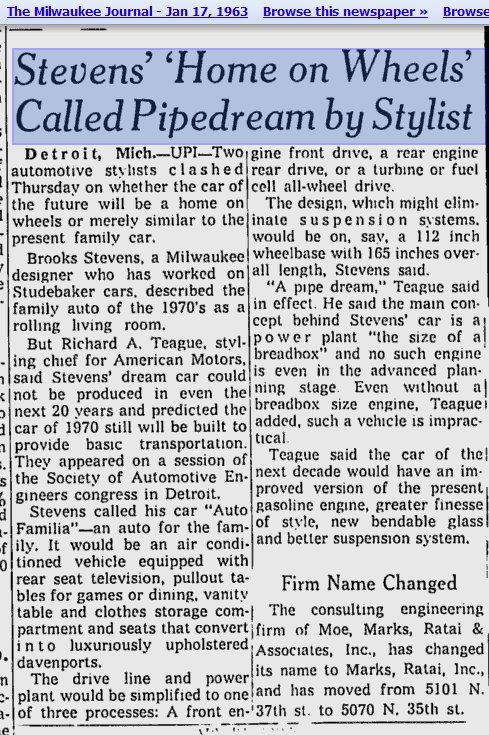













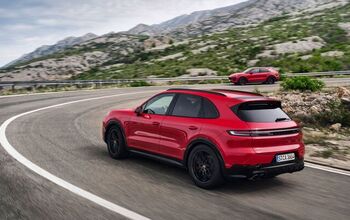

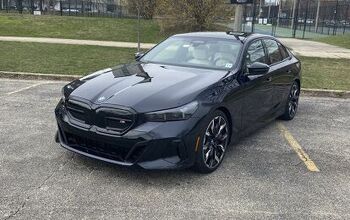
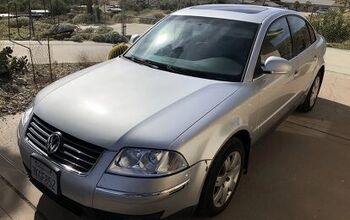
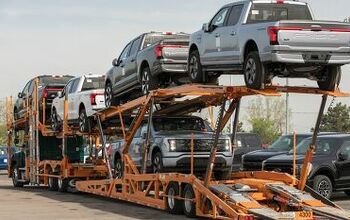

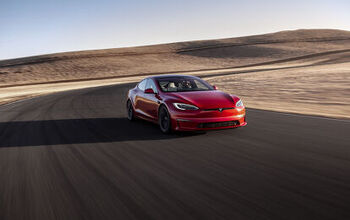







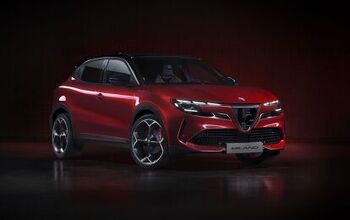

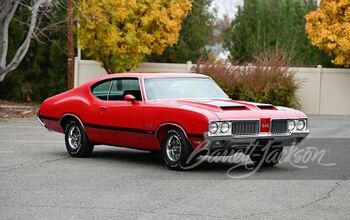
Comments
Join the conversation
They could just have said thats it already been and gone and was called the traction avant.
What Brooks Stevens accurately predicted was the Dodge Caravan - it is exactly how they are used. But he got some implementation details wrong. "... a front engine front drive.. a 112 inch wheelbase with 165 inches overall length". The 1st generation Dodge Caravan, was indeed F-F, 112 inch wheelbase, but 176 inches long, not 165. He forgot to predict cicra 1984 bumper regulations. What a dummy.